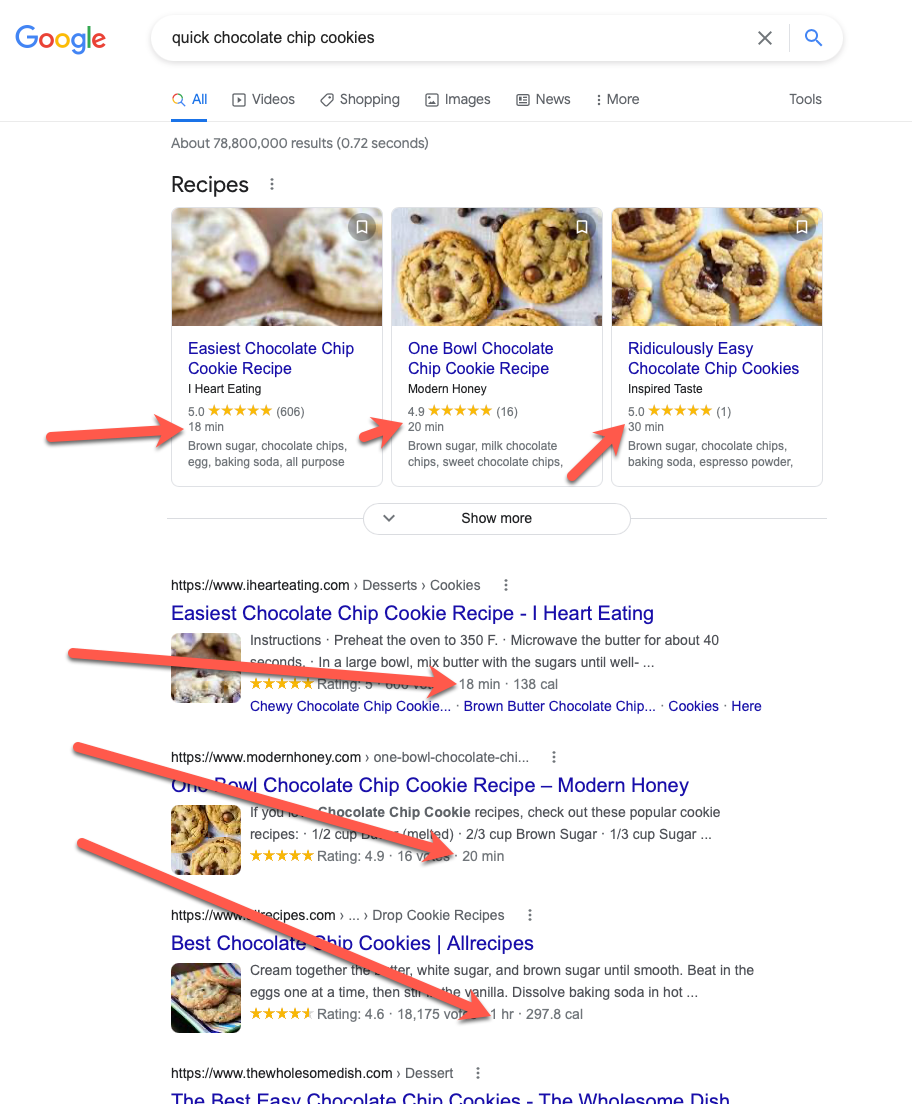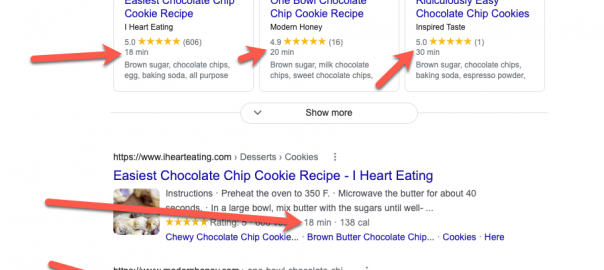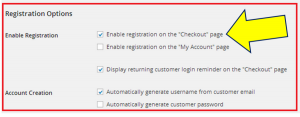Search intent (also referred to as user intent) is a critical component of SEO. In fact many people will say that getting top rankings for any website page is nearly impossible without taking search intent into consideration.
Google has published a paper describing how search intent (or user intent) is changing the marketing funnel. According to this paper, being able to understand a user’s internet when they are searching will assist in aligning marketing outcomes with business goals.
Search intent is that important.
What Is Search Intent
But what is search intent? Search intent, or user intent, describes the goals that a user has behind the words that they enter into a search engine. It is the reason behind their action.
Consider that every time someone performs a search, they are trying to find the answer to a question or they’re trying to find a specific website or they’re trying to purchase something.
There is an intent behind every search and by identifying that intent, the results that your company can gain from SEO can dramatically assist you in reaching your online marketing goals and objectives.
Types of Search Intent
There are four categories of user intent:
- Informational Intent: The intent behind informational intent, as you can probably guess from the name, is people looking to gain general information. Maybe someone wants to find the weather information for a geographical area. People in this category could also be looking for information on a specific topic, or maybe they’re trying to remember who sang a favorite song they just heard.
- Navigational Intent: This category is made up of people that are searching for a specific website. Someone might type “nike” into the search engine to get the link to Nike’s website. Or maybe they would type in 3Sixty Interactive to find our website. Essentially, this category is made up of people trying to navigate to a specific website.
- Commercial Intent: This category is similar to the informational intent category in that it’s made up of people that are gathering information. It’s different from the informational intent category in that searches within the commercial intent have a transactional component. Commercial intent searches are made up of people researching products or services that they have an intention to purchase, at some time in the future.
- Transactional Intent: This is the intent that most people focus on when they are trying to optimize the pages on their website. This intent is when people are searching to make a purchase.
Where Did This Intent Come From
With Google’s Hummingbird update, our search lives were literally changed.
The Hummingbird update went into effect on the fall of 2013 and focused on being able to produce search results based on a perception of what the user’s intent was, as opposed to just the words that they would type into the search engine.
This can be a game-changer for users.
With the Hummingbird update, Google introduced us to semantic search. Semantic search is built into Google’s algorithm and attempts to expand on individual keywords and take a broader context into account.
User Intent Examples
As an example, enter the phrase “chocolate chip cookies” into Google’s search box. The results that you will get are overwhelmingly focused on chocolate chip cookie recipes.
Google’s algorithm has determined that with this search term you are most likely looking for a recipe to make chocolate chip cookies even though you could be looking for chocolate chip cookie pictures or somewhere to purchase chocolate chip cookies.

Let’s take our chocolate chip cookie example one step further. Let’s say that you’re really hungry so this time you enter a search phrase that is “quick chocolate chip cookies”
This time the search results that you get show the time it takes to bake the cookies and ranks the results in order of how long it takes to bake the cookies.

Search Intent SEO (how to optimize for search intent)
By now I hope that I’ve made the case for the importance of optimizing for user intent as opposed to just a bunch of keywords. If I have, then the next question that you most likely have is “how do I optimize for user intent”.
The first step is to understand what types of “modifiers” are used to demonstrate intent. Modifiers are words that searchers enter into their search phrase that help indicate their intent. Here are some modifier examples by search intent category:
- Transactional Intent
- Sale
- Deals
- Coupon code
- Quote
- Pricing
- Where to buy
- Review
- Best
- VS
- How to
- Why
- How long
- Where is
- Articles
- Company brand name
- [brand name] hours
- [brand name] location
Once you have a good understanding of the key-phrases and the modifiers that your audience of customers would use to find you or the products/services that you provide, now it’s time to map the appropriate key-phrase with its modifier to the most relevant page on your website.
As an example, informational intent key-phrases should point to a product category page if your company goes to marketing as a B2C. If your company goes to market as a B2B, then an informational intent search phrase could go to a services page, or possibly a landing page with a white paper for the user to download.
If you’re optimizing for a transactional intent search phrase then, if you’re a B2C company, you should optimize a product page. If you’re a B2B company in the example, you’ll want to optimize a service detail page.
Conclusion
Fully understanding user intent as it applies to people’s search queries on Google can have a dramatic impact on your digital marketing ROI, but you have to make sure that you start by getting user intent built into your digital marketing strategy.
Digital & Social Articles on Business 2 Community
(45)







